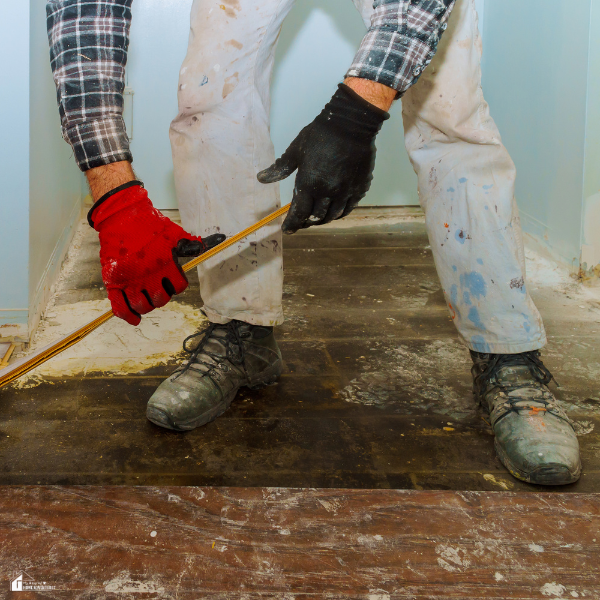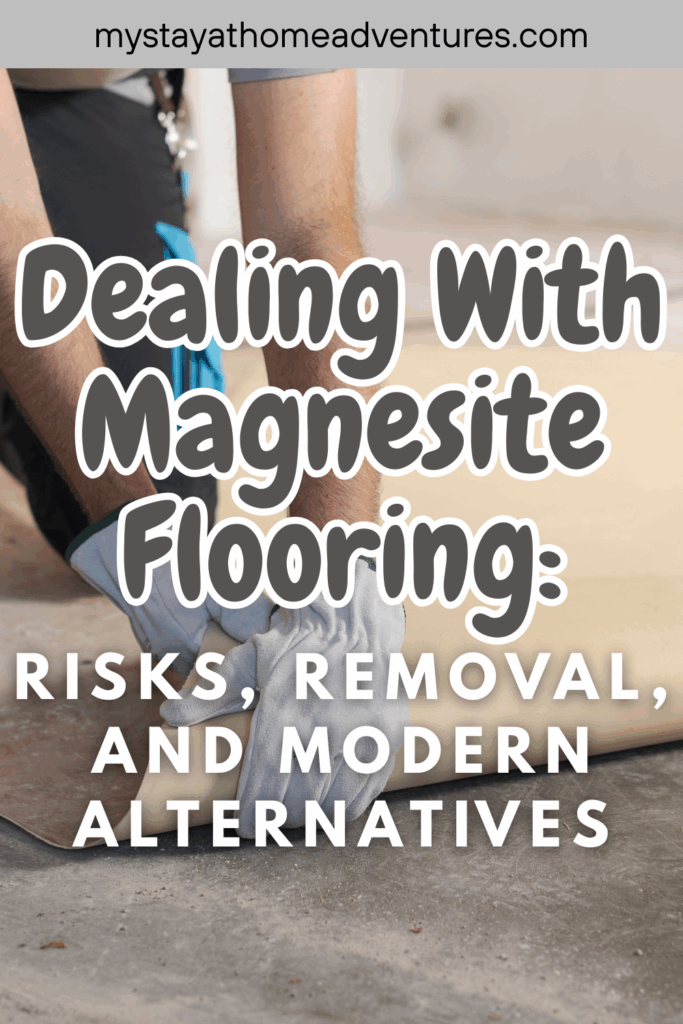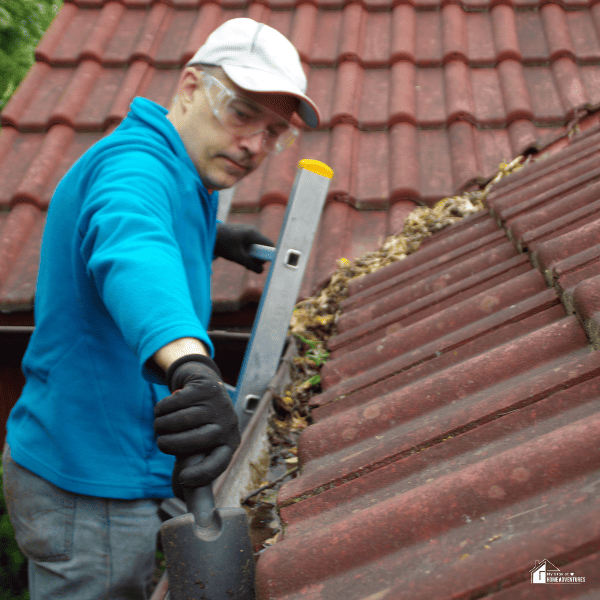Dealing With Magnesite Flooring: Risks, Removal, And Modern Alternatives
This post may contain affiliate links which might earn us money. Please read my Disclosure and Privacy policies hereWhy Magnesite Flooring Became Popular
Throughout much of the 20th century, magnesite flooring was celebrated for being cost-effective, easy to install, and having a smooth, attractive finish. Its properties provided thermal and acoustic insulation, making it an ideal choice for both multi-storey dwellings and bustling commercial spaces.
These advantages fueled its widespread adoption, particularly before modern construction materials became mainstream. However, decades of real-world use began to highlight the hidden drawbacks, sparking a growing interest in professional magnesite flooring removal solutions as new hazards emerged.
While magnesite initially seemed to address numerous flooring challenges, its vulnerability to water and changing environmental conditions became clear over time. Moisture ingress leads not only to deterioration of the magnesite layer but also accelerates corrosion of the steel reinforcements beneath.

Hidden Dangers Of Magnesite Flooring
Moisture is the main enemy of magnesite flooring. Even minor leaks or condensation can begin a damaging cycle, allowing the flooring to degrade and become corrosive to any embedded metalwork. This is especially problematic in older buildings where waterproofing systems have weakened.
In addition to structural degradation, the failure of magnesite flooring can also bring about health risks for building residents. As magnesite breaks down, it may release hazardous dust and, in some cases, toxins—particularly if asbestos or older chemical additives were used in the original construction.
These threats are not always immediately visible, making professional assessment vital whenever aging or damaged magnesite floors are suspected.
Recognizing When Magnesite Needs Removal
Identifying early warning signs can help property owners avoid disproportionate repair costs. Indicators include cracks that spread or deepen over time, floors that feel spongy, musty or chemical odors, or visible rust and stains along skirting boards.
As experts at This Old House explain in their guide on recognizing structural floor issues, minor warning signs like bouncing or uneven floors should never be ignored, as they often point to underlying damage that can worsen quickly.
Proactive annual inspections, documentation of any changes, and engagement with qualified building inspectors can help pinpoint issues before they escalate.
Health And Environmental Concerns
When magnesite is disturbed during renovation or building repairs, it can emit potentially dangerous dust. Older installations may incorporate asbestos fibers or now-banned additives, both of which significantly raise health and environmental risks if released into the air.
Certified and licensed professionals should always handle suspected hazardous materials to ensure the safety of residents, workers, and the broader environment. Regulatory oversight now mandates compliance for safe removal, handling, and disposal.
Professional Magnesite Removal: What To Expect
- Assessment: Licensed specialists begin with a thorough inspection to determine the extent of damage and test for hazardous contaminants such as asbestos.
- Containment: Protective barriers and personal protective equipment are used to block dust and debris from entering occupied spaces.
- Careful Extraction: Experts utilize specialized equipment to remove magnesite flooring without damaging the underlying slab or causing unnecessary disruption.
- Waste Management: All waste is classified and transported to approved facilities for safe and compliant disposal, limiting environmental impact.

Sustainable And Safe Alternatives To Magnesite
Today’s property owners have access to a wide range of innovative flooring solutions that exceed the safety, environmental, and performance limitations of magnesite. Leading alternatives include:
- Eco-friendly vinyl and laminate: These products are designed for moisture resistance, ease of installation, and the look of authentic hardwood or stone. Many are manufactured from recycled or low-impact materials, boosting sustainability.
- Engineered timber: A versatile and stylish choice, engineered timber offers the warmth and charm of natural wood with better resilience to humidity and wear. Responsible brands also source timber from certified sustainable forests.
- Polished concrete: Increasingly favored for commercial and residential renovations, polished concrete floors provide unmatched durability, low maintenance, and contribute to improved energy efficiency by enhancing thermal mass.
Because each property and budget is unique, it’s essential to discuss requirements and expectations with a flooring professional who can recommend the safest and most suitable upgrade.
Cost Considerations And Planning
The total cost of replacing magnesite flooring can vary significantly—even between units within the same building. The cost depends on several factors. These include the size of the area, how easy it is to access, and the complexity of removal.
Costs rise if hazardous materials like asbestos are present. The type of new flooring also affects the budget.
When planning, include both removal and installation expenses. Add in waste disposal fees and the possible need for temporary relocation. While the upfront price can feel high, the investment pays off. It protects your property, reduces future repair costs, and boosts overall value.
Keeping Your Property Compliant And Future-Proof
As global and local regulations surrounding hazardous construction materials continue to evolve, staying proactive is the most effective approach. Schedule regular inspections, document all upgrades and removals, and always use licensed professionals for significant work.
Thorough documentation supports insurance claims and real estate transactions, ensuring compliance with the latest building and environmental standards.
In Summary: Smart Moves For Modern Property Owners
Although magnesite flooring was once a staple in Australian construction, the risks now far outweigh the benefits. By getting a professional review and using modern removal methods, you can protect your property and boost its value.
This also helps you avoid legal issues and health risks. If you own an older apartment, invest in commercial property, or renovate your home, flooring upgrades are key. They bring long-term safety and sustainability.








